Join the course
Humblebrag raclette put a bird on it blog, fam hexagon jianbing neutra godard plaid scenester.
Homesteading 101 Starter Course
Family
Free Guide
Courses & Guides
shop with me
FAVE LINKS
Low Toxic Living
Homesteading
Homemaking
Recipes
Topics
I’m a homesteader, homemaker, milkmaid, and bread baker! This is my very own slice of the internet, dedicated to inspiring you to live old fashioned in today's modern world. I’m so excited you’re here, and can’t wait to connect with you.
Dehydrating and Rehydrating Sourdough Starter
Dehydrating and rehydrating sourdough starter is something everyone should know when baking with sourdough. You can learn how to save so much starter, so none of it’s wasted! Once you’ve mastered the art of drying your sourdough starter for long-term storage, the next exciting step is to learn how to bring it back to life!
In today’s step-by-step guide, we’ll show you how to dehydrate and rehydrate your dried sourdough starter to its full strength in just about a week.
This post may contain affiliate links where I earn a small commission
Once you learn how dehydrating and rehydrating Sourdough Starter, learn how to freeze your sourdough bread!
Buy your sourdough starter here!
Table of Contents
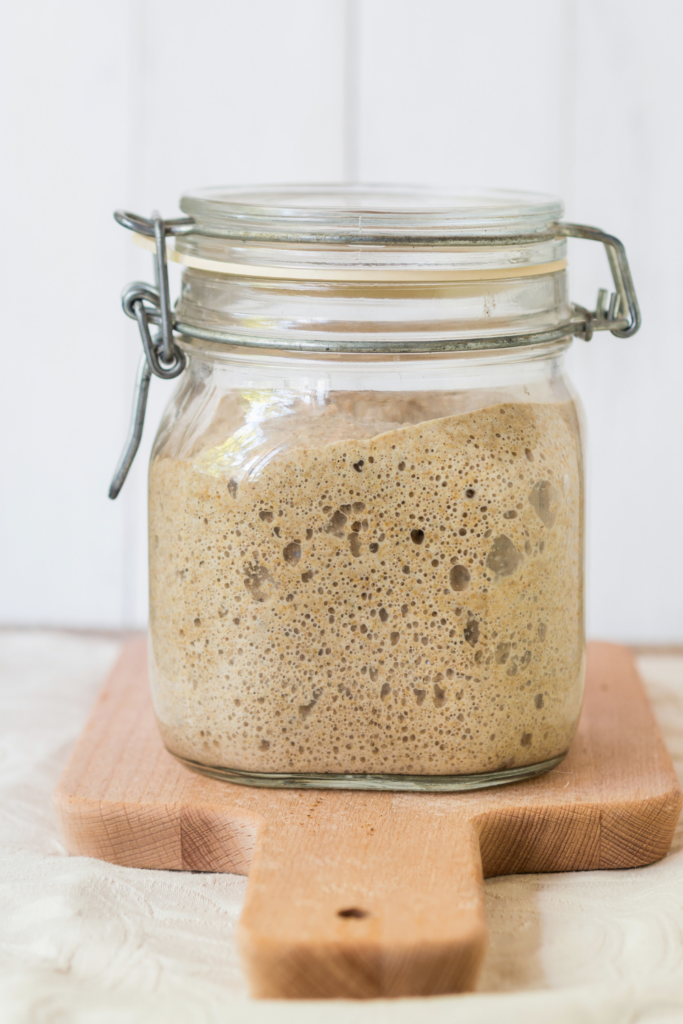
Dehydrating Sourdough Starter
During the long days of summer, many activities take precedence over baking sourdough bread. The heat in the kitchen and vacations can make it challenging to maintain the sourdough starter that you’ve put so much effort into developing. However, you don’t want to abandon it or leave it dormant in the back of your refrigerator, gradually losing its vitality. Fortunately, there’s a simple and effective way to preserve your culture and revive it when the urge to bake strikes again.
Dehydrating your sourdough starter is the answer – an easy and convenient long-term storage solution. It’s also perfect if you want to transport your starter or share it with friends. When dehydrated, the microorganisms in the sourdough starter go into a suspended animation state, making it shelf-stable and capable of lasting for years. We’ve personally experienced great success with a 2-year-old dehydrated starter that was stored in a jar at room temperature. Within just 5 days of rehydration and feeding with flour and water, it was fully active and ready to leaven bread.
Even if you have no plans to take a break from baking, having some dehydrated starter on hand is a smart precaution. It serves as a reliable backup in case something unexpected happens to your active starter. You can easily bring it back to life by nurturing it with flour and water for a few days. With dehydrated sourdough starter at your disposal, you can keep your bread-baking endeavors going strong without worry.
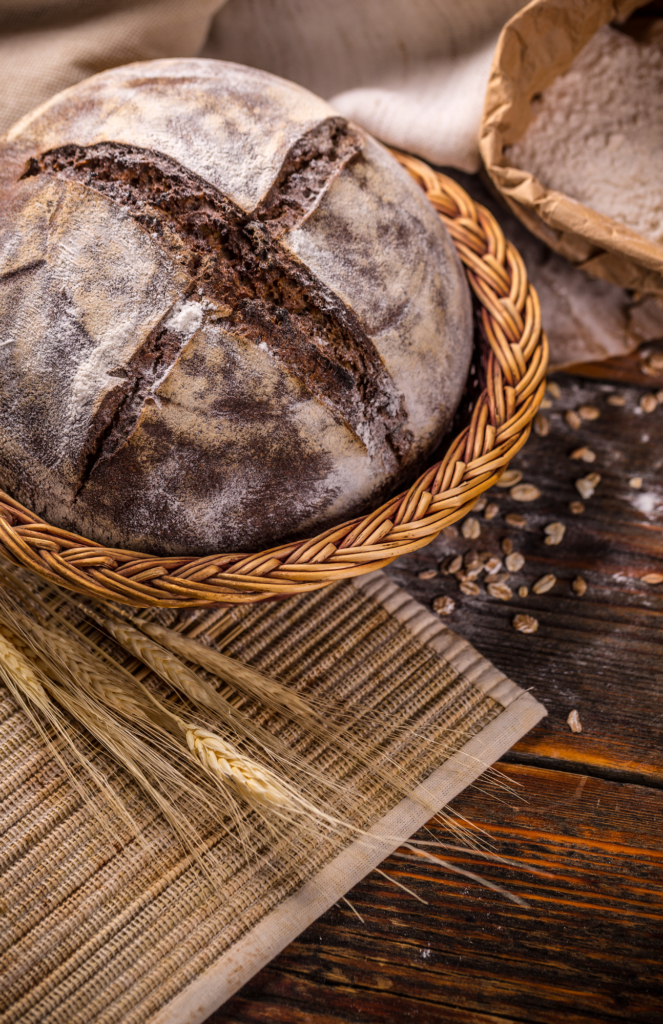
Time and Temperature
Let’s talk about the time and temperature required to dehydrate your sourdough starter. Dehydrate at 88 °F / 31 °C for 4 – 6 hours
Equipment
To get started, you’ll need a few pieces of equipment:
Instructions
To ensure a successful dehydrating process for your sourdough starter, follow these instructions carefully:
- Begin with a recently fed, healthy starter that’s near its peak activity. This will help maintain a higher population of yeast and bacteria after drying, making it easier to revive in the future.
- Spread your starter onto a silicone baking mat in an extremely thin layer. You can use tools like an offset spatula, bowl scraper, or pastry brush to achieve the desired thinness. For reference, about 75 grams of 100% hydration sourdough starter thinly covers one Brod and Taylor Silicone Baking Mat.
- Place the silicone mat with the spread-out starter into the dehydrator. Set the dehydrator to 88 °F and let it dry for 4 to 6 hours, or until the starter is completely dry. The drying time may vary depending on the thickness of the layer.
- Once the starter is dry, you have two options for storage. You can either break the dried starter into small pieces or grind it into a powder. Both methods work well for preserving the dehydrated starter.
- Store the dehydrated starter in an airtight container, such as a glass jar, plastic bag, or plastic container. Make sure to keep it away from direct sunlight and direct heat. For added preservation, you can choose to store it in the refrigerator or the freezer, although this step is optional.
By following these steps, you’ll have a shelf-stable supply of dehydrated sourdough starter, ready to be rehydrated and brought back to life whenever you’re ready to bake your next batch of delicious sourdough bread!
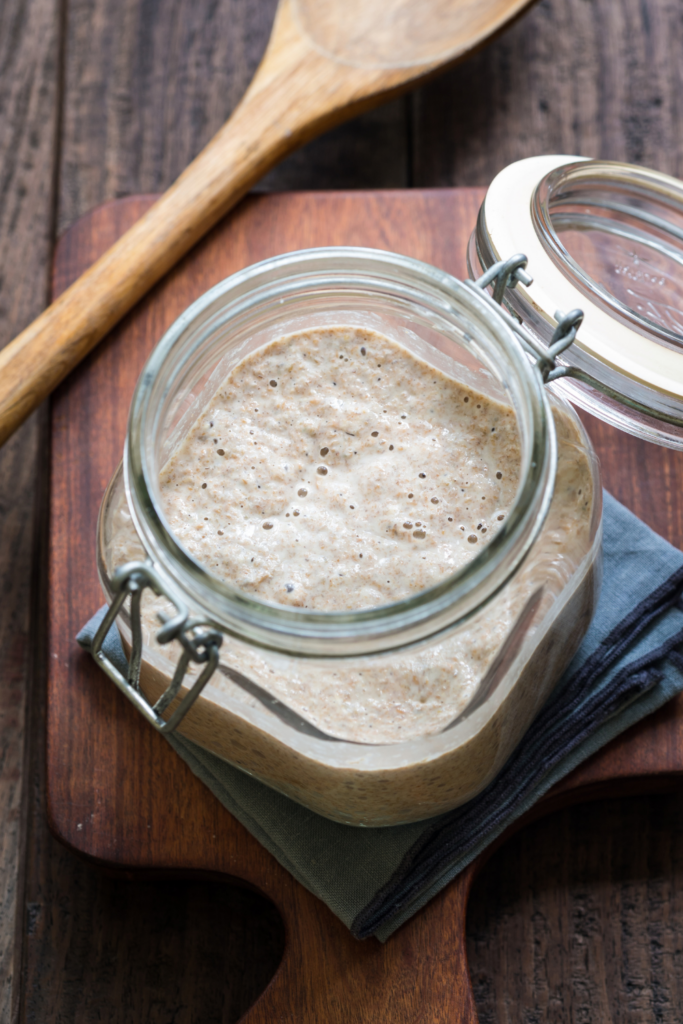
Rehydrating Sourdough Starter
Time & Temperature
4 – 6 days at 78 °F / 25 °C
Instructions
To revive your dehydrated sourdough starter and get it ready for baking, follow these step-by-step instructions:
DAY 1:
- In a small bowl or jar, combine 5 grams of dehydrated sourdough starter with 15 grams of water at 80 °F. Let it sit for about 2 hours, or until the dried starter dissolves.
- Stir in 15 grams of flour to the dissolved starter.
- Cover the bowl or jar and allow it to sit overnight or for 12-14 hours.
DAY 2:
- Without discarding any of the starter in the jar, stir in 10 grams of flour and 10 grams of water.
DAY 3:
- You may start noticing signs of activity at this point, such as small bubbles and a slightly sour aroma.
- Without discarding any of the starter, stir in 10 grams of flour and 10 grams of water.
DAY 4:
- By this point, you should see clear signs of activity in your starter. It will have risen and you’ll see bubbles.
- Discard all but 15 grams of the starter.
- Add 30 grams of water and 30 grams of flour to the remaining 15 grams of starter.
DAY 5:
- Your starter should be very active now, having doubled in size, being bubbly, and having a slightly sweet aroma with a hint of sourness.
IN THE AM:
- Discard all but 15 grams of the starter.
- Add 30 grams of water and 30 grams of flour to the remaining 15 grams of starter.
IN THE PM:
- Check your starter around the 7-hour mark. If it has almost tripled in size, repeat the same feeding as you did in the AM. If it hasn’t peaked yet, give it another hour or two before checking again.
- Your starter should now be active enough to bake with. You can use it to create a levain for your dough if desired.
DAY 6:
- Your starter should be fully active and ready to be used for baking!
By following these steps, you’ll have successfully revived your dehydrated sourdough starter, and it’s now raring to go for all your delightful bread-making adventures! Happy baking!

Rehydrating sourdough starter compared to starting a sourdough culture from scratch?
Rehydrating sourdough starter versus starting from scratch – a comparison!
Is there an advantage to reviving a dried sourdough starter rather than creating one from the ground up?
The answer is yes! In our side-by-side comparison, rehydrating dried sourdough proved to be a winner in terms of time to maturity.
Through careful experiments, we observed a noticeable difference in the development of the rehydrated starter compared to the one built from scratch. The rehydrated starter showed remarkable progress, reaching a vigorous and healthy state much quicker than its counterpart. By Day 5, the rehydrated starter had nearly tripled in size, while the scratch-built starter had only risen slightly. The rehydrated version consistently outperformed the scratch starter until Day 13, when both finally caught up, exhibiting similar levels of activity with predictable rise and fall patterns.
It’s important to note that the conditions for both starters were identical – we used the same seed amounts, followed the same feeding schedule, and maintained the same temperature for each. Despite the uniformity in these factors, the rehydrated starter demonstrated a clear advantage in accelerating its development.
Dehydrating and Rehydrating Sourdough Starter is great to know when you have a bit of excess starter that you just don’t know what to do with. It’s great dehydrating and rehydrating sourdough starter to gift to friends or family at any time during the year.
Explore Reader
SHOP
Fitbit Versa 2 Health & Fitness Smartwatch
SHOP
Bamboo Nesting storage boxes
SHOP
Ilia Super Serum Skin Tint SPF 40
SHOP
Ninja Max XL Electric Air FryeR
SHOP
Cuisinart 15-Piece Knife Set with Block
SHOP
Muse Bath Apothecary Hand Ritual
SHOP
Martha Stewart 100% Cotton Bath Towels
SHOP
Eozlink Fluffy Fur Slides
Leave a Reply Cancel reply
Watch me clean my home



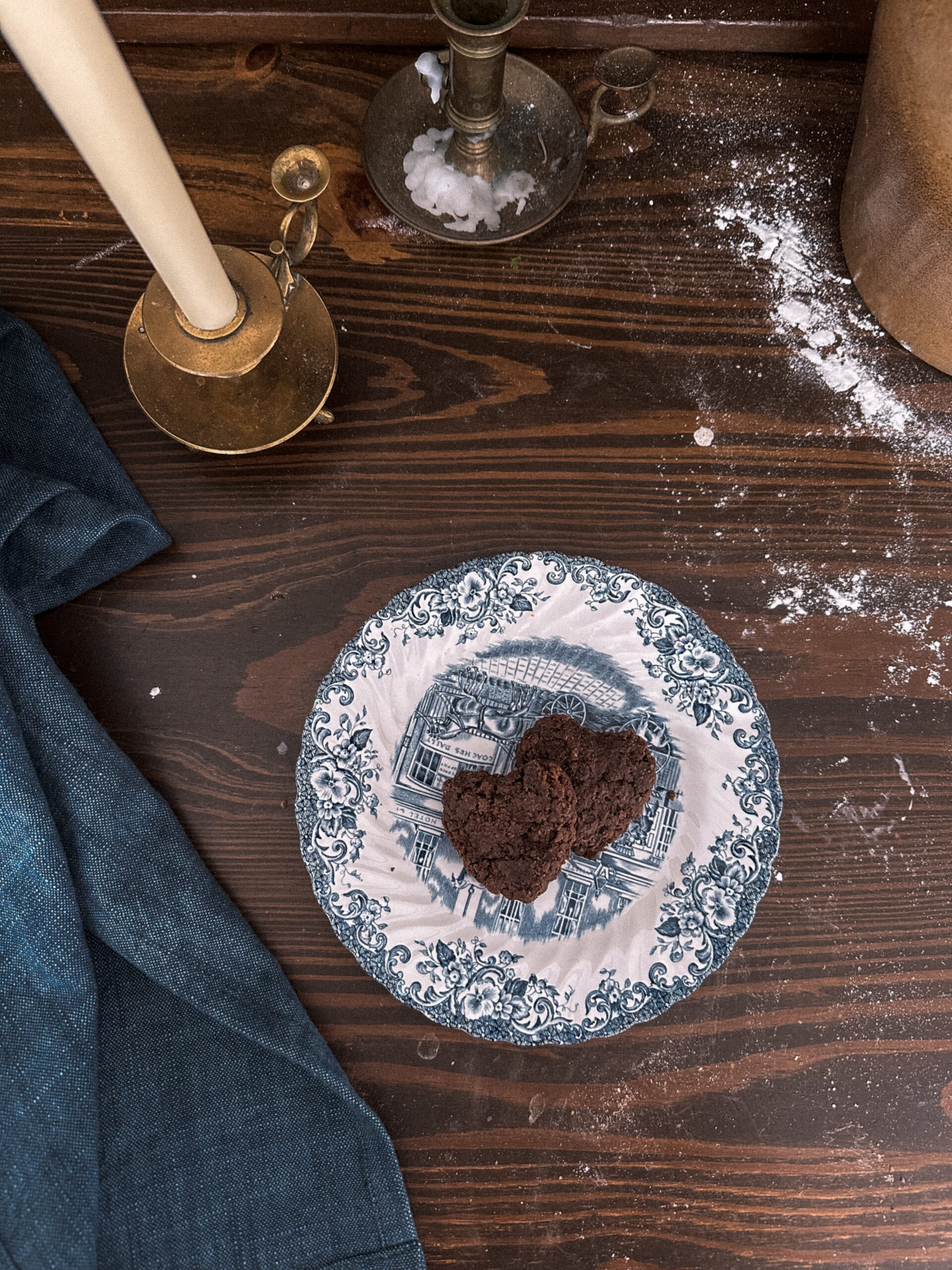
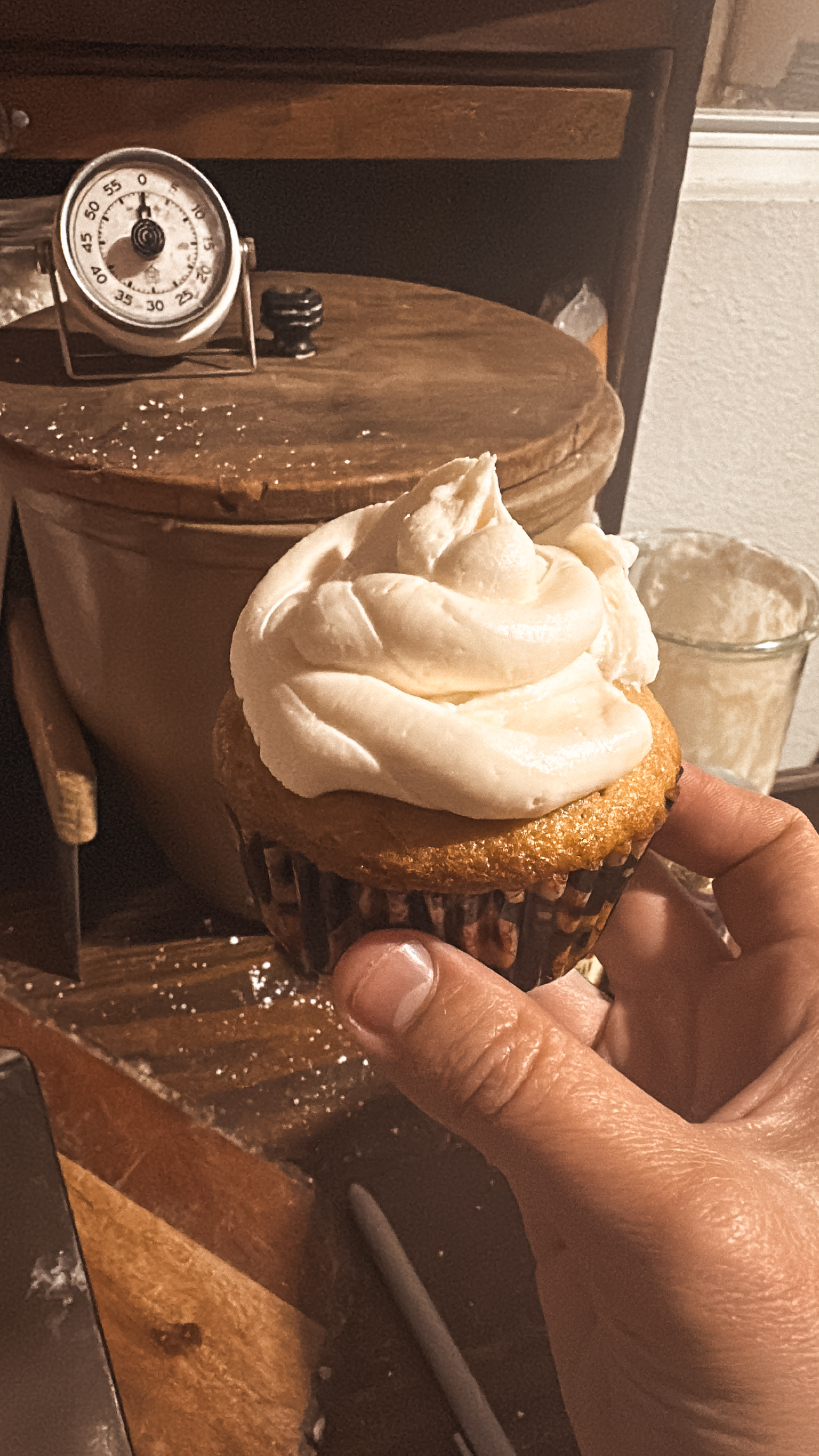


Be the first to comment